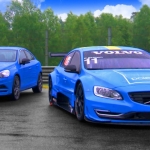Scanning – the first stage of replication.
Having made the initial investment of time and expertise in producing a fully gas flowed head, the first stage in re-producing that head is to create an accurate 3-dimensional model of the head.
We use a Rennishaw Cyclone 2 scanning digitiser to digitise our completed, gas flowed head. The Rennishaw scanner is used in many forms of engineering where absolute accuracy is required. These include aerospace airframe and turbine engineering, automotive applications, optics, general engineering, mould and dye manufacture. It is also particularly suited to small volume manufacture such as our process, where extreme accuracy and on-demand manufacture is required.
The scan involves mounting the head on one of our accurately machined jigs using machined dowells to fix the head precisely to the jig. Each jig is selected according to its suitability to scan that particular head. Sometimes a new jig is required and we have to build one. Specific “datum points” are then identified and stored in the computer. Then, the scan process begins.
Scanning is very much an automatic process and takes several hours to do a single head. The scanning itself is done via a spindle probe which physially traces the surface of the head with immense accuracy. It is quite capable of doing a 3-D scan of a fingerprint such is the accuracy. The dimensions of the head are then stored in the computer and can be viewed as a 3D image using the TraceCut CAD/CAM system. This software can then be used to alter the dimensions of any scanned model. We use it to verify the volume of the port and can then modify the port if required.
It is then possible to further manipulate the 3D model using a CAD/CAM system. However, the primary aim here is to replicate the master cylinder head. The Tracecut software then generates the code (XYZ co-ordinates) for the CNC machine. Each port in the head requires approximately 80,000 lines of code to accurately machine the port. The dimensions of the head can then be passed to our CNC engineer to load in to our CNC machine.
Both the scanner and the CNC machine are set up to use the same ‘incremental stepover’. This is the movement the scanning probe or the machine head takes on each cycle of its operation. Our increment is set at 0.5mm. This may sound like a lot when seeking to establish a near mirror finish, but the increment is more determined by the size of the piece. A US V8 CNC head may use 1mm stepover because the port sizes are huge (imagine a 7.2 litre engine – one is 3.5 litre and the ports are very large. A 2 litre engine is very much smaller, so we use a smaller stepover). The result is a near perfect finish to the port. Run your finger inside the port and you will feel how smooth. See our gallery for detailed images of how good the finish is.
A standard cylinder head is then mounted on the same jig, using the same dowells as used in the scanning process. The datum points are again identified, exactly in three dimensions. The CNC machine then begins it’s machining process, replicating the 3D model of the master head. This can take many hours to complete depending on the complexity of the head and the modifications required.
Once complete, the result is not only visually superb with excellent finish, but also accurate to the original ‘master’ head. We have re-measured our manufactured heads and found them to be accurate to within 0.002mm. Likewise we have re-measured the head on the gas flow bench using the Port flow analyser software and found the result to be less than 1 CFM (< 1%) difference from the original overall and less than 1 CFM difference per cylinder.
If you want the ultimate, we also offer a taped head where the heads are hand finished (Cost is about £100). These give exactly the same CFM performance to the original master (which proves beyond doubt that our process works). We will also provide the gas flow results for your head via a print out from the Port Flow Analyzer software.
The two images above show the visual differenced between a standard CNC head as it comes from the CNC machine and the finished ‘taped’ head. The image on the left shows the ‘mirror’ finish the CNC machine produces. The image on the right is produced after hand finishing. Hand finishing is available at additional cost and provides the last 1 % of gas flow and helps stop and fuel condensing on the port wall.
We are building a library of head models for many popular engine models. See our products and development pages for more details. For fast road, trackday or race applications, we can supply you with the ultimate cylinder head for your engine either on an exchange basis or we can modify your cylinder head for you.
We stand by our claim – you will not find a better performing head for the price or at any price. We publish our flow figures here on this site along side the price for the head so you know what you are getting. For what is basically a bolt-on performance modification, these heads are very good value for money considering the performance increase possible.

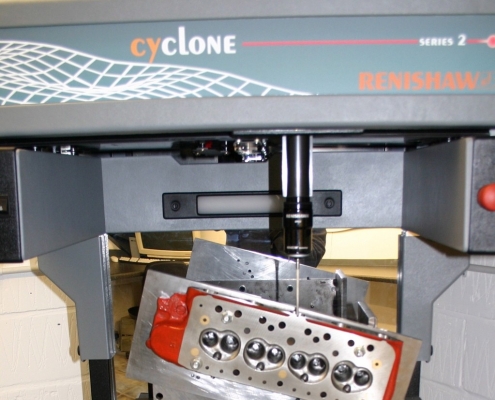
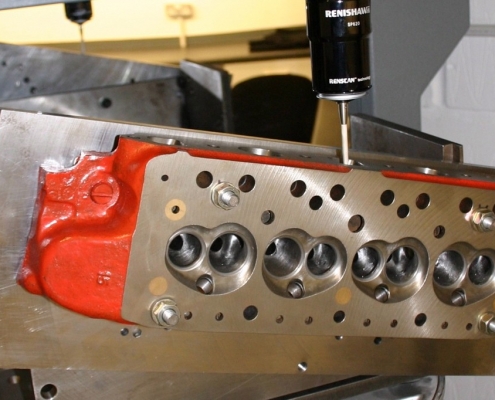
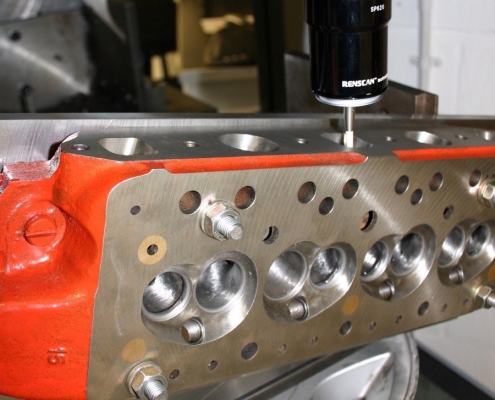
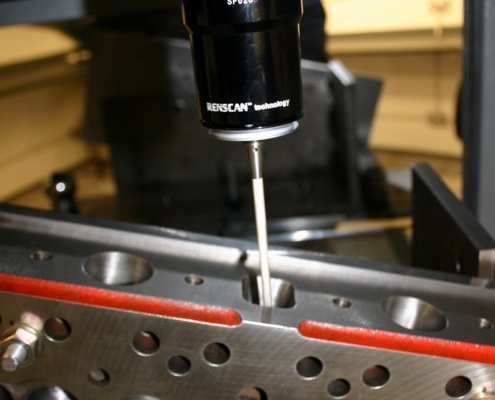
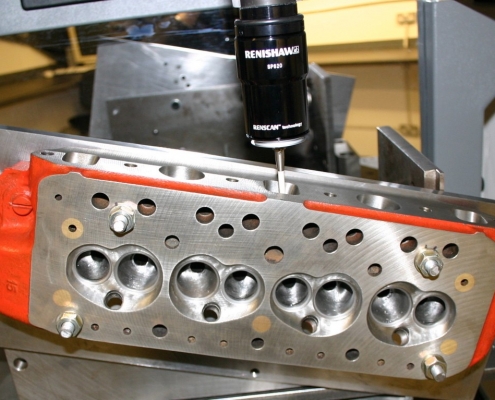
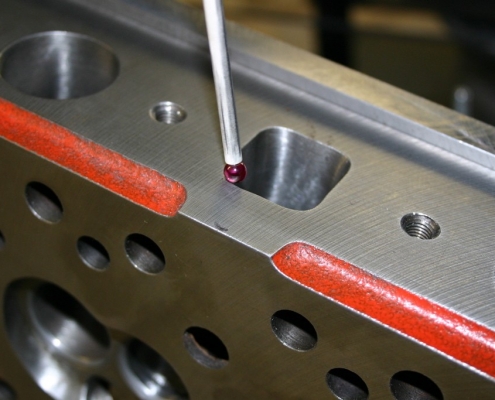
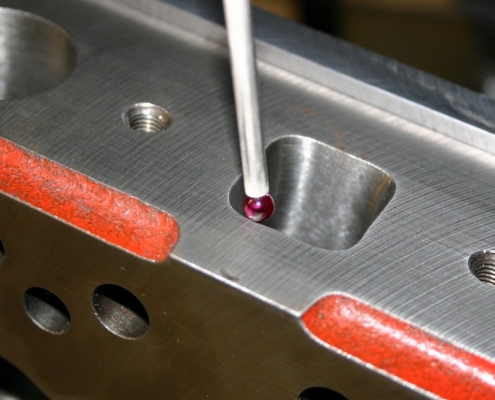
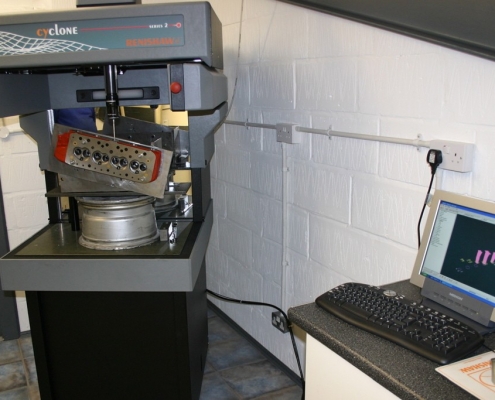
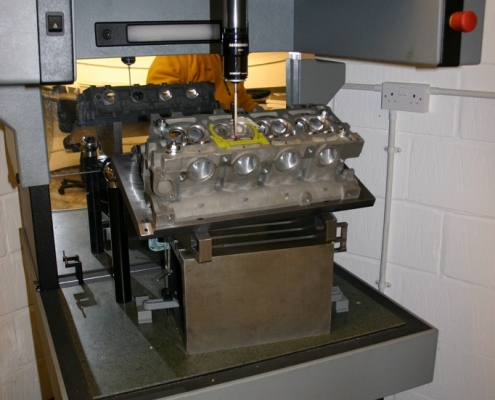
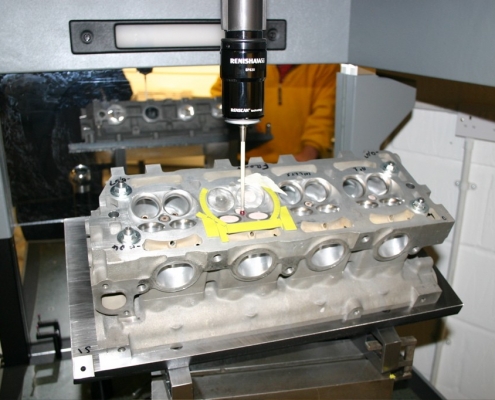
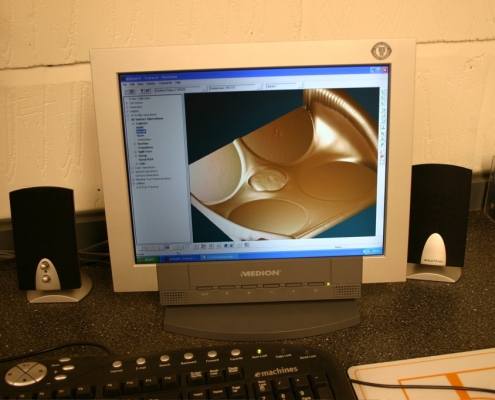
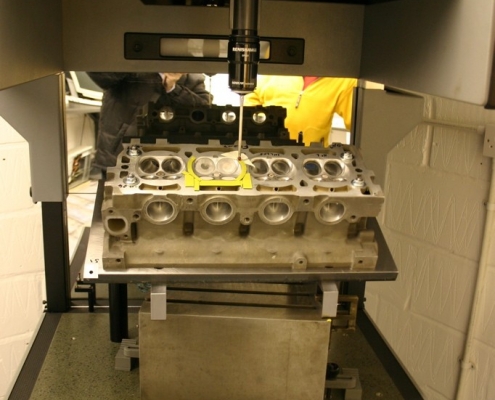
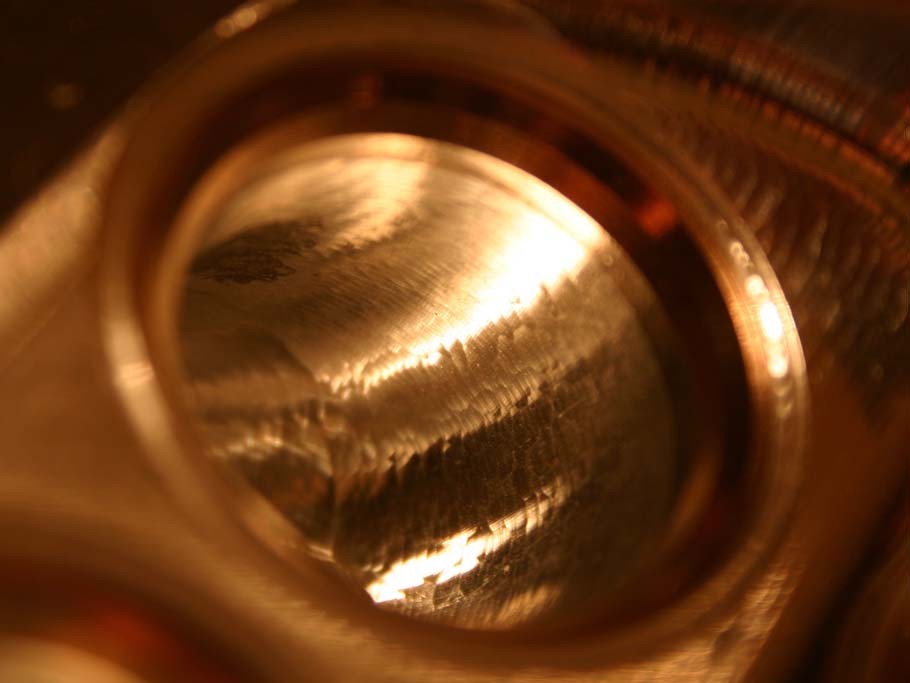
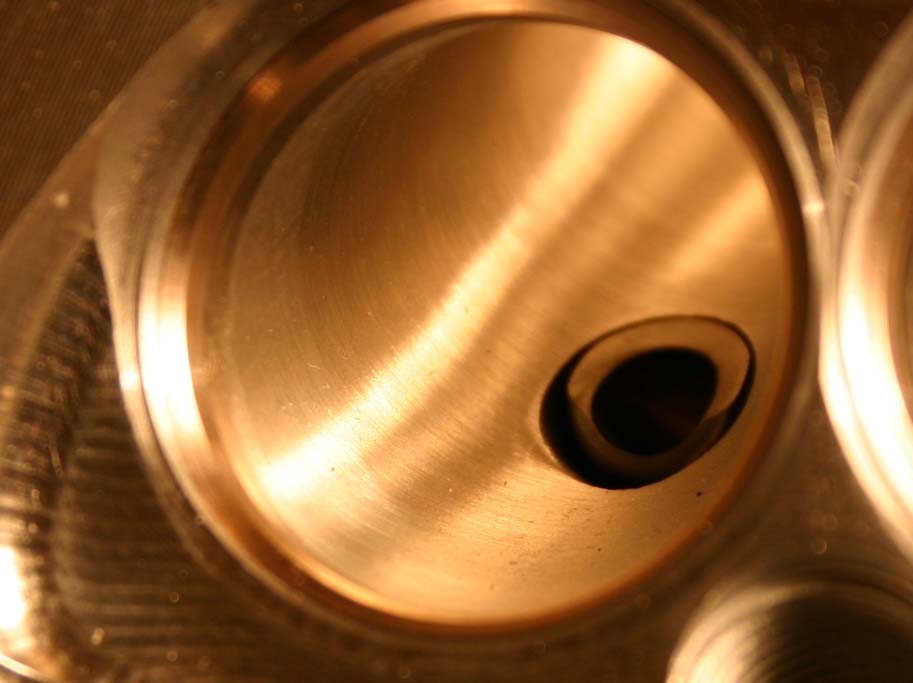
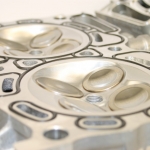 Ric Wood
Ric Wood